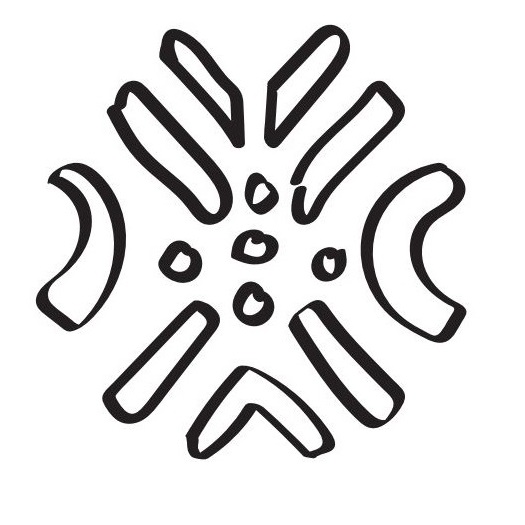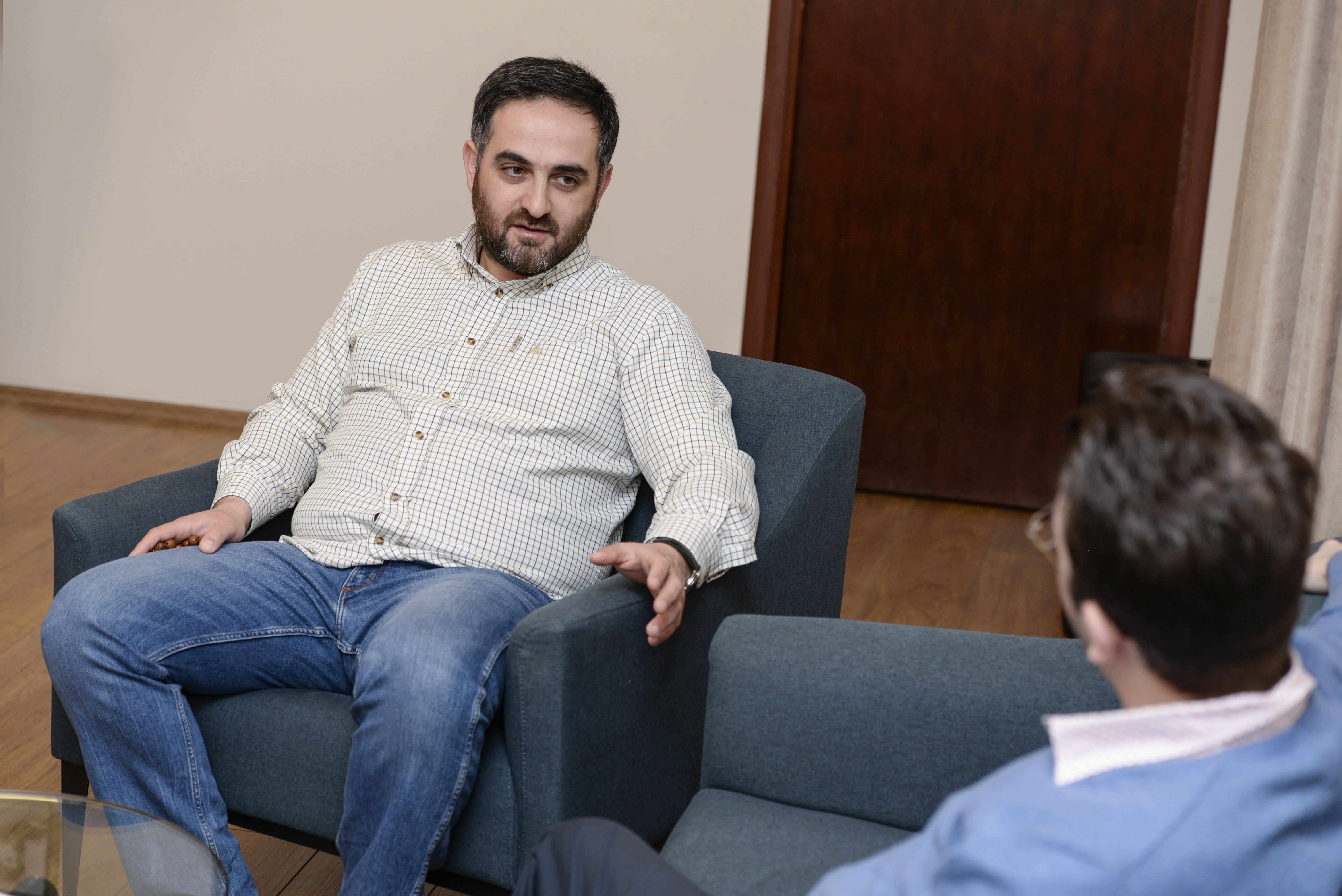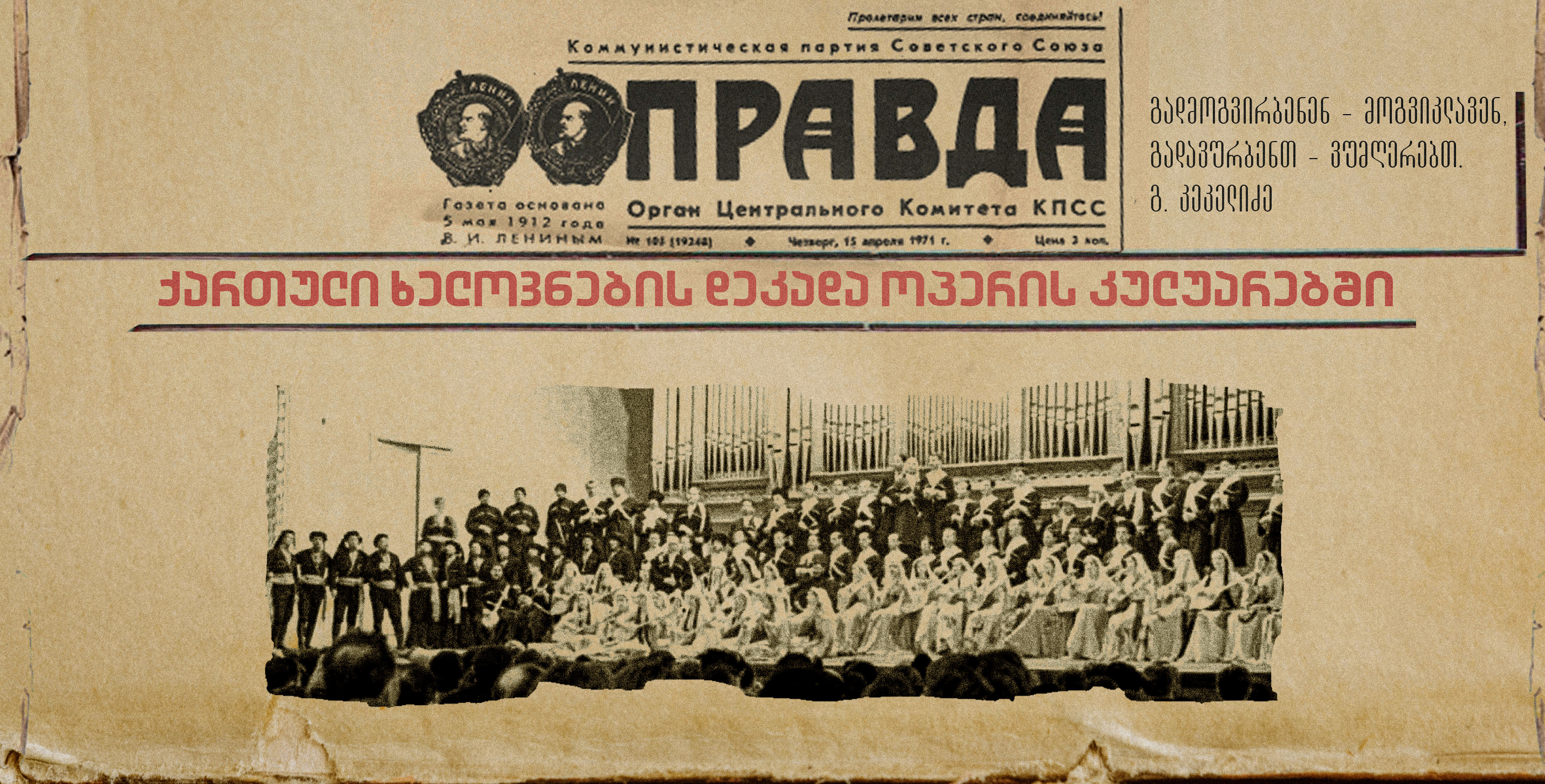A few words on Macedonian folk traditions and cultural heritage
When asked to speak of, or rather in this instance write about, the cultural wealth and heritage of your own country, it can be a somewhat daunting task. I feel a tinge of lingering anxiety as I write these words, a creeping uneasiness that in this short contribution of mine I will not be able to adequately encompass the abundance of rich and vibrant history that hides in every crevice of my beautiful country (see fig. 1).[1] Some may feel that I exaggerate the splendor and diversity of the mountainous peaks and bountiful fields and forests that are deeply intertwined with the folktales and traditions of my forebears. The essence of many traditional creative works, such as traditional songs (tradicionalni pesni, fig. 2), and dances (ora, fig. 3), concerns the magnificence of the regional flora and fauna, the local myths and histories of bygone heroes and villains, as well as community happenings of greater or lesser significance.

A map of the Republic of North Macedonia
 |
 |
| Members of the male vocal group from Ensemble Makedonija | Members of the male dance group from Ensemble Makedonija |
Regional distinctions can be observed in the plethora of variations of traditional costumes and their craftsmanship, an example being the traditional clothing worn by inhabitants of the mountainous regions in Macedonia. Most commonly seen in eastern mountains like Osogovo and Maleshevo, this style of dress was also prevalent in the mountains of western Macedonia. Characteristic to these garments is the use of thick, wooly materials, made to endure the harshest of winters. The woven wool fabric known as klashna (see fig. 4), is a distinctive feature in the traditional costumes of many mountain-dwelling ethnic groups, such as the Mijaci of the west (fig. 5), and the Pijanci of the east (fig. 6). Garments worn by men were generally made of a darker color and with less intricate embroidery than those for women.

A garment made of klashna fabric
 |
 |
| Members of Ensemble Makedonija wearing traditional Mijak costumes | Members of Ensemble Makedonija wearing traditional costumes from the Pijanec region |
By contrast, the traditional attire of those who live and workin the fields, such as the Kotorci ethnic group from the Ovce Pole plain (see fig. 7), displays striking and vibrant colors, with light, thin fabrics, such as the kenarno platno (fig. 8), woven from cotton, wool, and silk thread. These particularities are not limited only to traditional clothing; one would expect such differences in dance, song, and music, as well. My country itself is typically divided into five main ethno-choreological regions, each one with specific characteristics. Let us consider, for example, the difference between the dances of the Mijaci and Brsjaci ethnic groups (see fig. 9), especially those performed by women. Though they are regionally close and regarded as neighboring groups, the female dances of the Brsjaci seem much freer and less strict than their Mijaci counterparts, even though both groups were patriarchal in nature. There are also differences that appear to be spread across the country as a whole: for instance, men were allowed to dance and jump freely, while women’s dances seemed to reflect their greater social restrictions, in some places forbidden from showing any vigor at all while dancing. Men could dance passionately, with explosive energy in their lively steps, while women had to be more languid, humble, and reserved in their movements.
 |
 |
| Members of Ensamble Makedonija wearing traditional Kotorci costumes | A garment made from kenarno platno |
Furthermore, we should specify that there are two main groups of traditional dance. The first is one that symbolizes a way of acting—dancing in accordance with tradition—with the purpose of spreading a message, granting a wish, or even appeasing God or the gods. Such dances find their roots in ancient pagan rituals attempting to bring about a fruitful harvesting year, praying for good health for an individual or the community, or even casting away evil spirits from the land. Depending on the social, cultural, and economic climate of the region, these dances have varying rhythms, dramatic elements, associated movements, musical accompaniment, and songs. These are called obredni igri (see fig. 10) or obredni ora, the first term including the whole ritual of a particular celebration or merriment, the second only encompassing the dancing part of the ritual. The most famous examples of these ritual dances in the country are the Rusalii from the Gevgelija region (see fig. 11) and Dzolomari,from the village of Begnishte in the Tikvesh region (fig. 12). Even though these male processions are scattered throughoutMacedonia, bearing different names and different traditional masks, their core purpose remains the same: they come together, with all of their characteristic charm, to form a harmonious wholeness of culture and history, one that endures to this day.

Members of Ensamble Makedonija wearing traditional Kotorci costumes
The second group of traditional dances are those that were performed during various celebrations. Soborski ora, literally “gathering dances,” could be found in wedding celebrations and major Orthodox Christian holidays like Easter or Saint George’s feast day, and were also performed for local village happenings and festivities. The core difference between soborski ora and obredni ora was the fact that soborski ora were not meant accompany different rituals and religious ceremonies but were mainly danced for the fun of the community. In their specific characteristics and distinguishing features, these dances are directly linked with different ethnographic regions of Macedonia. Because of the many minute differences in the customs surrounding the performance of soborski ora, their classification is connected with the region that they are performed in, rather than the particular village. Some well known ethnographic regions are Skopsko, Gostivarsko, Tetovsko, Debarsko, Gevgelisko, Shtipsko, each with their own particularities surrounding the performance of the traditional dances. Group identification may also have played a part in the division and differentiation of these dances. In the past, it has been suggested, there were many different ethnic groups living in the territory of Macedonia which did not intermarry, despite commonalities in language and religion. Maintaining distinctions through forms of dance and other cultural practices may have helped preserve the boundaries between these otherwise similar groups. For example, as mentioned earlier, the Kotorci, an ethnic group living in the plains of Ovce Pole, had many characteristic elements that were absent in the dances of the Shopi (see fig. 13), who lived in the mountains above them. Even though they had a closeness in location, both groups had significant differences in the customs of their dances.

The male dance group from Ensemble Makedonija performing a ritual dance
It is the remembrance of the past that helps safeguard its eternity, the telling of stories from father to son, singing the songs that speak of love, birth, and death, dancing in the same rhythms as those before have done so long ago. This and so much more is what keeps the spirit of of the prolific oral and written tradition of my country thriving still, and I feel lucky to be a part of something that does exactly this. Being a student of the Institute of Ethnochoreology at the University of Goce Delcev, I have been a part of many research projects involving the restoration and study of traditional dances, costumes, and songs from all over Macedonia. This has been made possible in part by my own interest in these subjects, but especially through the work of Ensemble Makedonija. Ensemble Makedonija is a performing group dedicated to the preservation and presentation of the Macedonian traditional culture.
 |
 |
| Members of the male dance group from Ensemble Makedonija representing the Rusalii | The Dzolomari from the village of Begnishte |
The ensemble is the only one of its kind in the country that has professionals and experts from the areas of ethnochoreology, ethnomusicology, and ethnology in the field of traditional dancing, instruments and singing. The ensemble, which was formed in 2012, numbers between forty and forty-five members, from the age of fifteen to forty-five, many of whom are students like me. Ensemble Makedonija, as well as all the people involved, have done and are doing much work in these fields. Whether in small local concerts or on the international stage, it has been a beacon of hope for the preservation, restoration, and presentation of traditional Macedonian culture and life, both for Macedonians and for all the people of the world who are eager to learn. It makes me really happy that there are people who want to learn more about my country and its culture.

Members of Ensemble Makedonija wearing traditional Shopi costumes
I hope that in this short article I was able to give you a small piece of Macedonian culture, with hopes that in the future it will lead you to come, explore and find out more.
[1] The country I am speaking of here is known officially as North Macedonia, and was part of Yugoslavia until 1991. The Prespa Agreement, signed in February 2019, established the country’s present name and settled a long-standing dispute with Greece.




